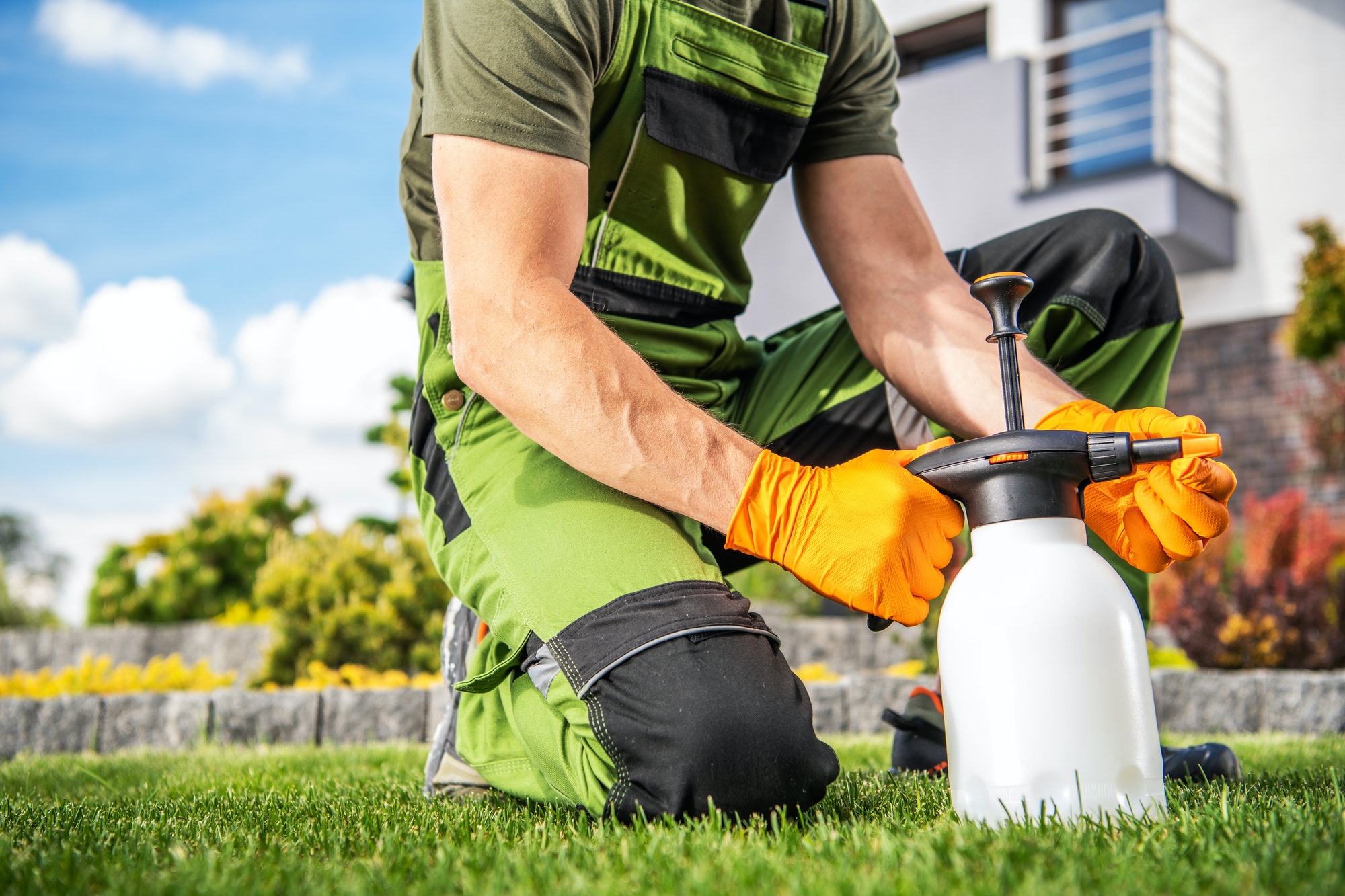Inexpensive and easy to care for, a snake plant will add drama to your room. Unlike other houseplants, this hardy succulent can tolerate neglect but responds well to care. Its leathery sword-shaped leaves are edged with yellow or white and are suitable for beginners. This plant also sends up a tall stalk of greenish-scented flowers, and dwarf varieties make for beautiful desktop plants. To grow this plant, use a glass jug, or a narrow jar. Make sure to use fluoride-free water.
Sweet potatoes are another good choice for houseplants. Their dark green foliage is attractive to many people, and they can be pruned to keep them tidy. The extra pieces can be rooted and placed in water. If you plant these plants in the summer, they can grow tubers and try to take over your garden! This plant can survive in a cold climate. However, if you’re not sure whether you want to keep them as indoor plants, you should use a larger pot.
To maintain the health of your plants, you must choose the right type of light for them. Most plants need several hours of sunlight each day. Choose flat land where the plants will receive full sunlight. They will also grow better if there is some wind protection nearby. The USDA maintains a plant hardiness zone map that lists fruits, vegetables, flowers, herbs, and trees. A USDA plant hardiness zone map will also indicate estimated first and last frost dates.
You can also grow your own indoor plants. Start with sprouts. They can be planted in a 1-quart pot and do best in bright light. Make sure you water them well but not too much. Use a low-grade house plant fertilizer. It will be easier to keep your plants alive if you use it properly. The light level in your house plant is vital to their health. However, too much light can harm your plants. If you don’t have a window, consider planting some plants that receive 14 hours or more of light.
If you want a plant that can survive in water, try a lucky bamboo. It looks beautiful in glass jars and should be planted when temperatures are forty to fifty degrees Fahrenheit. It needs plenty of sun, but you shouldn’t put it too deep. Another option is a pothos plant. This plant is similar to the Lucky Bamboo, but has heart-shaped foliage and can be kept on a shelf. Remember to change the water every day.
For optimum light and temperature conditions, choose a window with an eastern exposure. The light from this window is direct from sunrise to midday, so the footcandle readings can be higher than other rooms. In addition, these windows tend to be cooler than other rooms, so they are less likely to be affected by radiating heat. Light from the east also causes fewer water losses from plants. So, when selecting the window location, take into consideration the time of day and the temperature in your room.

